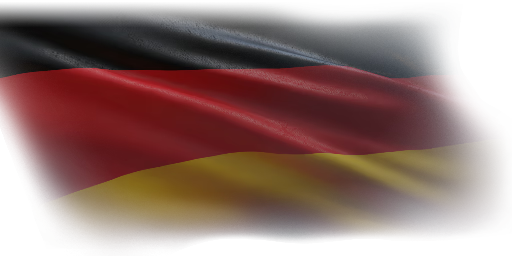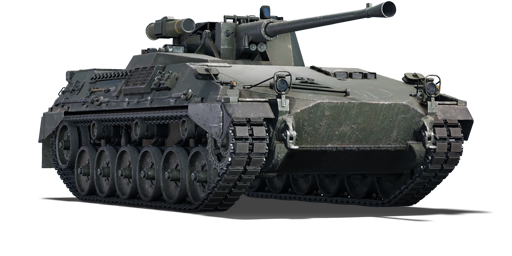The Begleitpanzer 57 mm was a combined project from Thyssen-Henschel and Bofors. It was developed as a joint venture without a previous contract from the Bundeswehr, as both companies thought they had found a market gap for designated support vehicles. Its main role was to protect allied combat units and relieve main battle tanks by being capable of engaging all threats on the battlefield, such as enemy helicopters, aircraft, and unarmoured, light, and heavily armoured vehicles. Further, the Begleitpanzer’s versatility also allowed it to operate by itself for reconnaissance and surveillance. The design used a modified Marder IFV chassis (the same one used by the TAM) with a rapid-fire Bofors 57mm L/70 MK.1 autocannon, as well as a TOW ATGM launcher with an automatic reloading mechanism. The functional prototype was first shown to Bundeswehr officials in November of 1977; however, due to a lack of interest in both the vehicle and concept as a whole, development was only continued for a short period before subsequently being abandoned.
The Begleitpanzer 57 mm was introduced in Update 1.73 "Vive la France". At first glance, it may be confused for a SPAA due to the light armoured chassis and the rapid-firing 57 mm autocannon. On the turret is also a TOW launcher with SACLOS guidance, meaning it will automatically align itself with where the crosshair is pointing. As it shares the same chassis, the Begleitpanzer 57’s construction is similar to that of the TAM, with light armour all around and sides that heavy machine guns can penetrate. The main cannon's exterior mounting also means it can be disabled by machine guns and shrapnel. As a light tank, the Begleitpanzer 57 carries great firepower and high mobility. The 57 mm autocannon has a penetration power close to that of the ZSU-57-2’s, but the addition of a TOW launcher system allows this vehicle to also engage heavier targets.
















